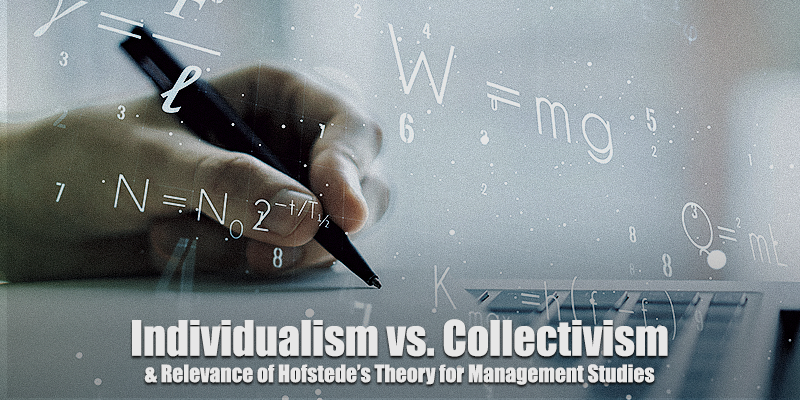Editor’s Note
Prof. Madhumita Bhattacharya, teaches Business Communications at Globsyn Business School – which has always been considered to be one of the best b schools in Kolkata. Prof. Bhattacharya has more than 20 years of experience across various premiere academic institutions of Eastern India, where she has held leadership positions. She has demonstrated ability in teaching as well as relevant academic administration. Her core areas of expertise include Business Communication, Interpersonal Skills, Professional Etiquette, Interview Skills, and Networking Strategies. She has been part of several industry-academia training programs, and has conducted workshops. Her teaching is marked by a blend of business acumen and psychological insights, which she leverages to enhance students’ understanding of effective communication in professional settings. Prof. Bhattacharya has proven expertise in Curriculum Design, Performance Evaluation & Mapping, and Training Needs Analysis (TNA). She has been part of various MDPs and FDPs, and is a joint recipient of the Education Excellence Award by Times of India.
‘The Fountainhead’ by Ayn Rand tells the story of Howard Roark, a brilliant and fiercely individualistic architect who refuses to compromise his artistic vision to conform to popular tastes or the demands of his clients. Expelled from architecture school for his radical designs, Roark struggles to find work but remains steadfast in his principles.
The novel follows Roark’s battles against a society that values conformity and tradition over innovation and individual genius. The narrative culminates in Roark’s controversial act of dynamiting a housing project he designed after it was altered against his wishes. His subsequent trial becomes a platform for a powerful defence of individualism and the creator’s right to the integrity of their work. ‘The Fountainhead’ explores themes of Individualism vs. Collectivism, the importance of integrity, the nature of creation, and the value of one’s ego as the source of human progress.
Individualism and Collectivism significantly impact businesses by influencing customer behaviour, workplace dynamics, and organizational structure. Individualistic cultures prioritize personal achievement and self-expression, while collectivist cultures emphasize group harmony and interdependence.
In this context, it is worthwhile to mention Dutch social psychologist Geert Hofstede ground-breaking studies on cultural variations in organizations. His work on the cultural aspects theory, which he established in the late 1970s, has greatly influenced the discipline of international management and is now widely employed in cross-cultural research.
Hofstede’s ‘Cultural Dimension Theory’ talks about a framework used to distinguish between different national cultures and cultural dimensions, and their impact on a business setting.

To discuss it briefly, the Power Distance Index considers the extent to which inequality and power are tolerated. Whereas the dimension of Individualism vs. Collectivism explores the degree to which people in a society are integrated into groups.
Moving on, the Masculinity vs. Femininity Dimension often deals with the distribution of emotional roles between the genders. Whilst Uncertainty Avoidance Index considers how unknown situations, uncertainty, and unexpected events are dealt with.
The Long-term Orientation vs. Short-term Orientation Dimension talks about the extent to which society views its time horizon. On the other hand, the Indulgence vs. Restraint Dimension considers the extent and tendency for a society to fulfil its desires.
There are two main streams of research on the effects of Individualism and Collectivism. The micro-level stream finds that those who generate variety – founders and corporate entrepreneurs – tend to be individualistic. This work does not identify proclivities for the other entrepreneurial function, leveraging resources. The macro-stream associates both individualism and collectivism with national levels of economic growth and innovation. Individualism and collectivism both contribute for entrepreneurs, managers and policy makers. For example, Americans can concentrate more on building close network ties while Japanese can focus on encouraging individual innovations.
The Cultural Dimensions Theory have been invaluable in helping organizations understand how to create an effective workplace culture. By looking at individual and collective values, as well as the terms of Hofstede’s theory, they can better appreciate differences between cultures and recognize the unique needs of each one.
India scores high in Power Distance and relatively lower in Individualism. Hofstede’s framework helps students to reflect on their own culture in comparison to others and why managerial approaches vary between India and the West.
Hofstede’s theory is not just academic – it’s a practical toolkit for understanding the global business environment. For Globsyn students aiming to be global managers with Indian roots, it bridges the cultural gap and strengthens international management capabilities. In Globsyn Business School, by implementing strategies in and outside the classroom, such as active listening, open communication, mentorship programs, career development opportunities, and rewards for success, we are fostering a collaborative workspace between members of all levels.
With this understanding, we can establish a workplace culture that celebrates individualism while still promoting collective values. This can create an environment where everyone feels valued and respected, leading to improved morale and productivity within the organization.

Prof. Madhumita Bhattacharya
Faculty – Business Communications
Globsyn Business School


